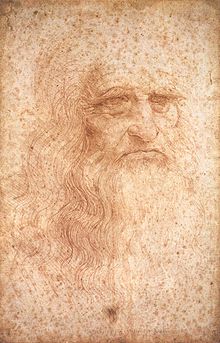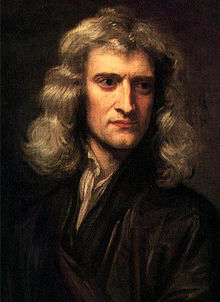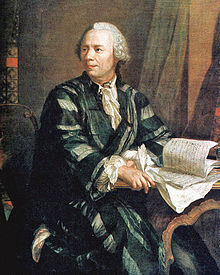Site pages
Current course
Participants
General
MODULE 1. FLUIDS MECHANICS
MODULE 2. PROPERTIES OF FLUIDS
MODULE 3. PRESSURE AND ITS MEASUREMENT
MODULE 4. PASCAL’S LAW
MODULE 5. PRESSURE FORCES ON PLANE AND CURVED SUR...
MODULE 6.
MODULE 7. BUOYANCY, METACENTRE AND METACENTRIC HEI...
MODULE 8. KINEMATICS OF FLUID FLOW
MODULE 9: CIRCULATION AND VORTICITY
MODULE 10.
MODULE 11.
MODULE 12, 13. FLUID DYNAMICS
MODULE 14.
MODULE 15. LAMINAR AND TURBULENT FLOW IN PIPES
MODULE 16. GENERAL EQUATION FOR HEAD LOSS-DARCY EQ...
MODULE 17.
MODULE 18. MAJOR AND MINOR HYDRAULIC LOSSES THROUG...
MODULE 19.
MODULE 20.
MODULE 21. DIMENSIONAL ANALYSIS AND SIMILITUDE
MODULE 22. INTRODUCTION TO FLUID MACHINERY
LESSON 1. INTRODUCTION TO FLUID MECHANICS
1. What is Fluid mechanics?
It is a physical science concerned with the behavior of fluid at (liquids, gases, and plasmas) rest and motion and the forces on them.
Fluid mechanics can be divided in to different sub branches as:

Examples:
|
(i) Flight of birds in air |
|
|
(ii) Cricket ball, spin & velocity |
|
|
(iii) Circulation of blood in veins |
|
|
(iv) Design of aero plane and ships |
|
|
(v) Oil& gas pipe lines |
|
|
(vi) Milk circulation in dairy plant |
|
|
(vii) Aseptic processing of fruit juice |
|
- This study area deals with many and diversified problems such as:It is a branch of continuum mechanics, a subject which models matter without using the information that it is made out of atoms, that is, it models matter from a macroscopic viewpoint rather than from a microscopic viewpoint.It is a branch of continuum mechanics, a subject which models matter without using the information that it is made out of atoms, that is, it models matter from a macroscopic viewpoint rather than from a microscopic viewpoint.
-
surface tension,
-
fluid statics,
-
flow in enclose bodies, or flow round bodies (solid or otherwise),
-
flow stability, etc.
-
- It is a branch of continuum mechanics, a subject which models matter without using the information that it is made out of atoms, that is, it models matter from a macroscopic viewpoint rather than from a microscopic viewpoint.
- Fluid mechanics, especially fluid dynamics, is an active field of research with many unsolved or partly solved problems. Fluid mechanics can be mathematically complex. Sometimes it can best be solved by numerical methods, typically using computers.
- A modern discipline, called computational fluid dynamics (CFD), is devoted to this approach to solving fluid mechanics problems.
- Also taking advantage of the highly visual nature of fluid flow is particle image velocimetry, an experimental method for visualizing and analyzing fluid flow.
2. History of fluid mechanics
Published paper “On the Theories of Internal Friction of Fluids in Motion” and derived equations known as Navier–Stokes equations
|
Archimedes (250 B.C.)  |
|
|
Leonardo Da Vinci (1452-1519)
|
|
|
Evangelista Torricelli (1608-1647)
|
|
|
Isaac Newton (1642-1727)
|
|
|
Blaise Pascal (1623-1662)
|
|
|
Daniel Bernoulli (1700 – 1782)
|
|
|
Leonhard Euler (1707-1783)
|
|
|
Jean le Rond d'Alembert (1717-1783) Joseph Louis Lagrange (1736-1813) Pierre-Simon Laplace Siméon Denis Poisson |
|
|
Jean Louis Marie Poiseuille (1799-1869) |
|
|
Claude-Louis Navier (1785-1836) |
|
|
Ludwig Prandtl (1875-1953), Theodore von Kármán (1881-1963) |
|
|
Osborne Reynolds (1842-1912) Andrey Kolmogorov Geoffrey Ingram Taylor (1886-) |
|





